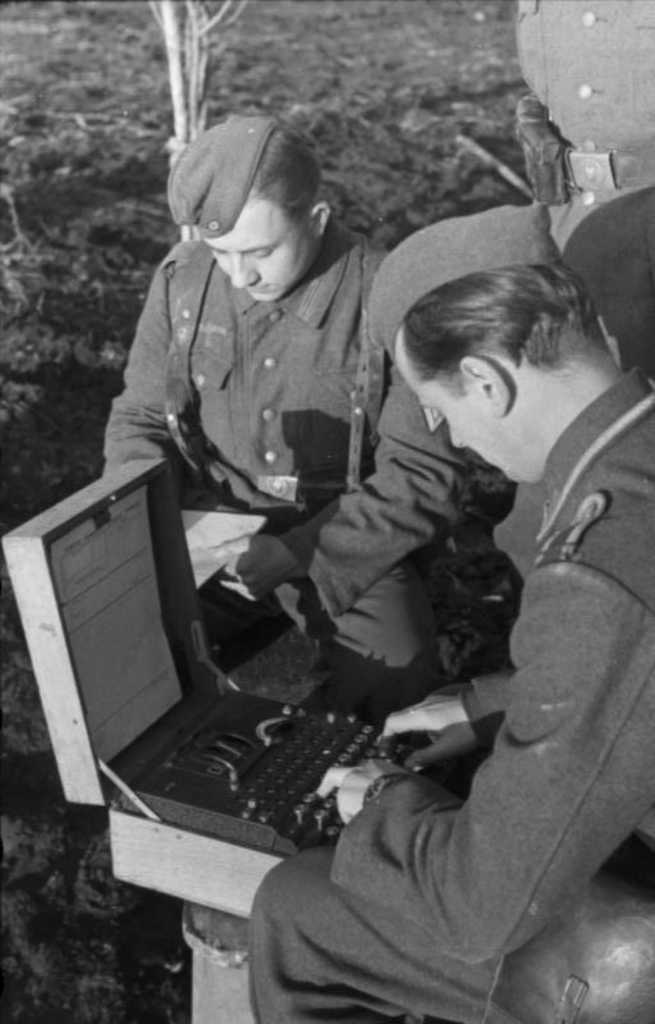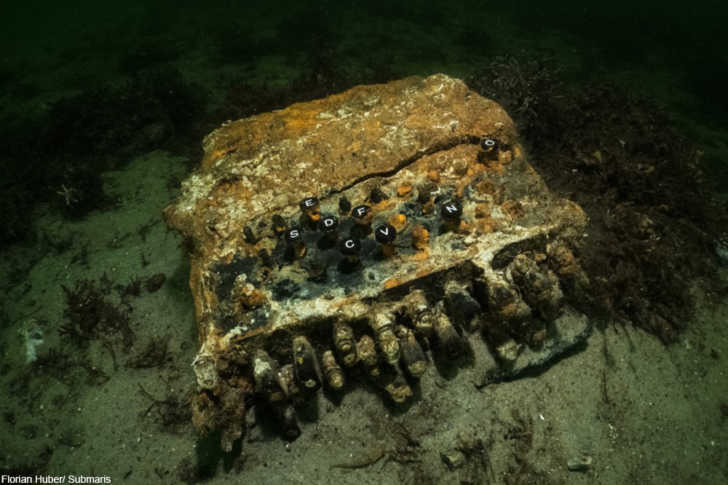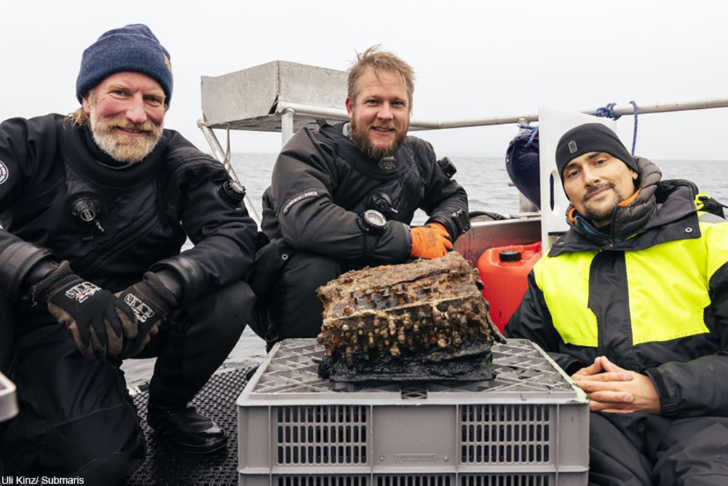Divers Find Nazi Enigma Machine At the Bottom of the Ocean
These machines were state of the art when they were built.
Deep at the bottom of the ocean lie the remnants of ships of old, many of which will never see the light of day. A great deal of ships and artifacts from the World Wars is still lost in the ocean, decaying more each day that passes. Recently on a joint diving mission between the World Wildlife Fund and the diving group, Submaris, to remove ghost nets a unique artifact from the Second World War was found. The project took place in the Gelting Bay in the Baltic Sea off the coast of Germany in November of 2020 when the diving crew came upon a code machine once used by the Nazis. This unexpected find has great value when it comes to World War II history as these machines are very scarce today.

German underwater archaeologist and diver, Florian Huber, and his team were diving in the bay when they came across this 75-year-old machine in the water. The metal device was still very easily and clearly recognizable as an Enigma machine, despite being covered in growths and missing a few keys.
The machine in question looks rather like a typewriter and not only has lettered keys on the upper half, but also has a series of plugs underneath with which to enhance the encryption of each letter being typed out.

The concept for the Enigma machine was created by the German engineer, Arthur Scherbius, at the end of the First World War. It was designed so that military messages could be encoded in what was supposed to be a nearly unbreakable encryption. An operator generating a message on one machine would have to know which key the receiving Enigma machine was set to in order for the message to make sense. And, each machine could have different numbers of settings based on the specific model being used at the time. Thus the Third Reich was able to create deeply complex codes that were difficult -but not impossible- to break.
The turning point in the process of the Allies determining the Enigma encryptions came when a pattern emerged. Each message was signed with “Heil Hitler” and once British forces had this scrap of information, code-breakers Alan Turing and Donald Michie could reverse-engineer what the coded messages were since they essentially had a built-in key for each one. Regardless of the machine setting used to generate it, these unchanging sign-offs and recurring phrases helped them to decipher the code.

These machines were integral the success of German forces which is why when the Nazis faced a number of defeats in the spring of 1945, German commanders ordered that ships in the Geltinger Bay be scuttled by their crews so that Enigmas and other pieces of German technology not be discovered by the Allies. The mass-scuttling event was known as Rainbow Order, a military strategy ordered from on high. Much of the boats and equipment from the Rainbow order was recovered and sent to scrap in the 1950s, though some parts may not have been discovered at the time. Huber stated that he believes this machine is from that event.
The Enigma found by Huber at the bottom of the Baltic Sea is a three-rotor model and there are those who claim that the recently-found Enigma cannot be from the Rainbow Order since the three-rotor models were not common on naval ships at that time, having moved on to 4-rotor models. Jann Witt from the German Naval Association, an expert in naval history, stated in an interview that this particular machine was probably tossed overboard as the war came to an end in favor of the Allies, not as part of a self-scuttling order.

The Enigma machine is rare as it’s one of just over 300 machines still in existence today. The item is planned to undergo restoration and preservation at the Museum of Archeology in Gottorf Castle in Schleswig.
SKM: below-content placeholderWhizzco for DOT

